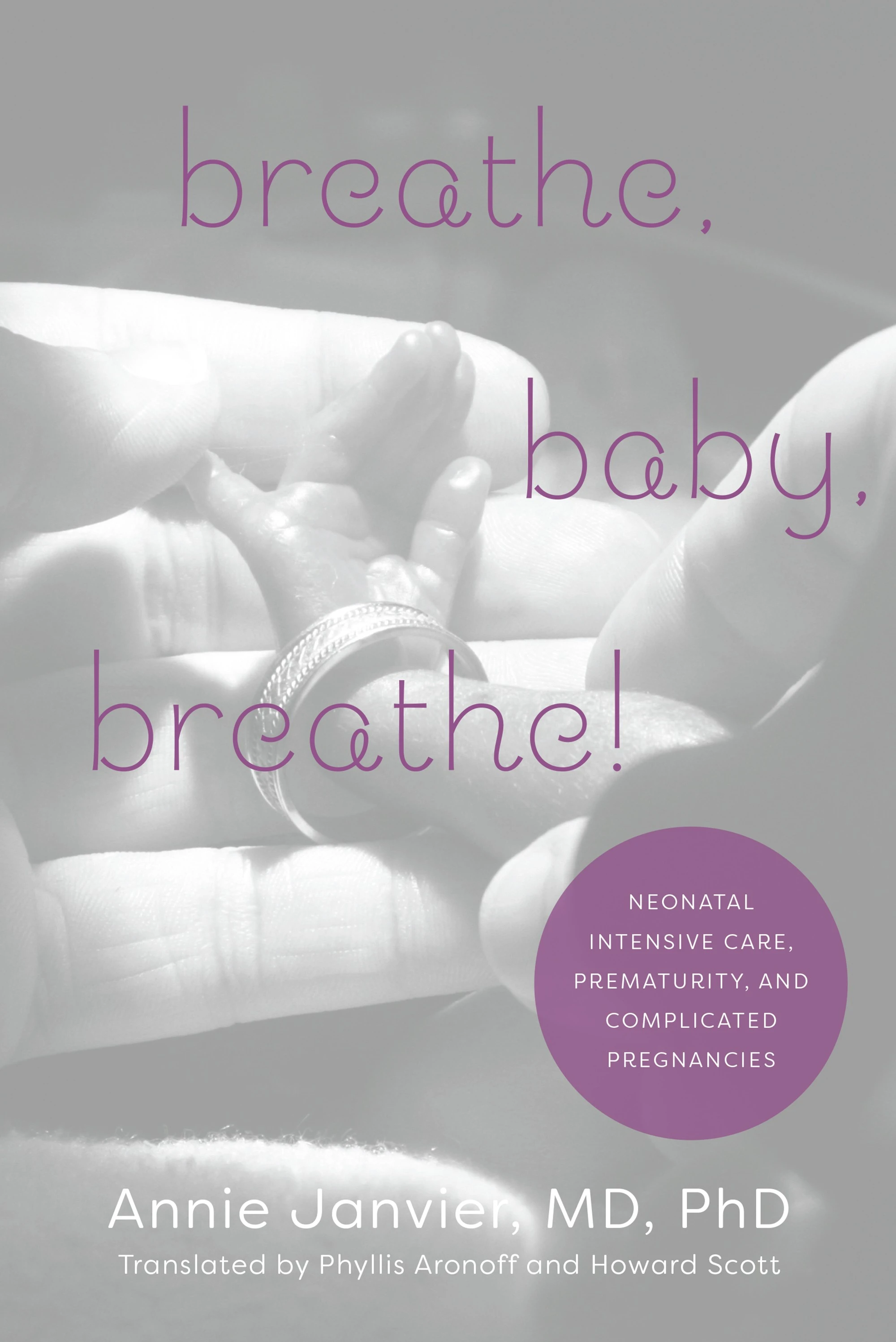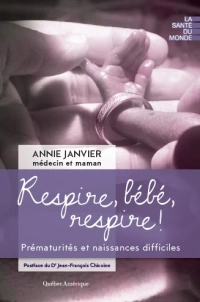Randomized trials have shown that trying to prevent intubation in the DR leads to less severe lung injury. The Cochrane review of prophylactic CPAP compared to immediate intubation included 3 trials (SUPPORT, COIN and DR Management study), that review found less BPD, and less “BPD or death” among very preterm infants who were randomized to CPAP rather than immediate intubation. The control group frequency of BPD was somewhat different between the studies, due to differences in entry criteria (about 25% in DRM, 33% in COIN, and nearly 50% in SUPPORT) but all showed less BPD with a similar relative risk reduction, which overall was 0.89.
Many of us have found it difficult to avoid intubation in the most immature babies, even though there are reports from centres like Koln, who are able to deliver surfactant without intubation to infants as early as 22 and 23 weeks gestation. Our centre hasn’t been able to avoid DR intubation in 23 weeks or less. I assumed this was a problem with the babies not havign sufficient resiratory drive and stability, but maybe a better CPAP system could improve the chances of keeping the extremely preterm baby extubated.

Donaldsson S, et al. Comparison of Respiratory Support After Delivery in Infants Born Before 28 Weeks’ Gestational Age: The CORSAD Randomized Clinical Trial. JAMA Pediatr. 2021;175(9):911-8. This multicentre trial enrolled babies under 28 weeks gestation (although the figure above notes < or = 28 weeks), with antenatal consent to have assisted ventilation and CPAP using either a new system or a usual care group of T-piece resuscitator with face mask.
The visual abstract above just shows the patient interface, but there was also a difference in the pressure generation circuit, as shown below.

In this system the inspiratory gas flow arrives in the small tube with the green arrow (with a bias flow in the larger tube) and the baby receives positive pressure and breathes spontaneously exhaling through the outlet A. In order to deliver positive pressure breaths the outlet is occluded.
The idea behind this circuit is to reduce the imposed work of breathing, and in their published bench testing the iWOB was indeed dramatically less than with a standard neonatal T-piece reuscitator; but how much this matters in clinical practice is unclear to me. Does it really matter if the extra work of breathing imposed by the system is 1 mJ/breath rather than 8 mJ/breath? The authors state that it has “been suggested” that a high iWOB might contribute to treatment failure, (they give a reference from 1979), but I’m not sure if it really is of clinical importance.
Just like the T-piece resuscitators this is not really a constant pressure system (bubble CPAP gives a constant pressure equivalent to the height of the water column), it is a constant flow system, which will need flow and/or resistance adjustments to achieve the pressure desired. In the model system, there wasn’t any difference of importance between the iWOB with facemask compared to short binasal prongs.
In the CORSAD trial babies either were assisted at birth with the new circuit and close fitting short binasal prongs, or with a standard T-piece and a round face mask. Respiratory support protocols were otherwise identical in the 2 groups. Randomisation was masked, but the intervention, for obvious reasons, was not.
The intervention group resuscitators chose prongs which were tight fitting, and gently held the mouth shut with a finger. Controls used a standard face mask covering the nose and mouth.
The primary outcome variable was “death or intubation” in the delivery room, mortality was expected to be very low, I suspect, so the study was really designed to see if intubation could be avoided with the new system. “Criteria for DR intubation were no or inadequate response to PPV and CPAP defined by one of the following: (1) bradycardia heart rate less than 100 beats per minute despite 60 seconds of effective PPV, (2) persistent apnea, (3) poor respiratory effort during the intervention, and (4) inadequate oxygenation and respiratory distress”. Of course, the decision to intubate, even if protocolized, will always be a bit subjective, and you can see in this list of criteria, there is some subjectivity. In a non-masked trial that potentially introduces bias, but I think that is unavoidable in a pragmatic trial.
Secondary outcomes included need for assisted ventilation in the first 72 hours in the NICU, airleaks, IVH surfactant use, etc. But not survival to discharge or BPD, which I think should have been reported, even if the authors thought BPD unlikely to have been improved. Fewer babies in the intervention group were intubated within the first 72 hours of life, 56% vs 69%, which I think is a large enough difference, in what is probably a critical period in postnatal pulmonary adaptation, to improve lung injury. Now it may be that the difference in intubation is mostly among more mature babies, of 26 and 27 weeks gestation with a much lower risk of BPD, but I don’t see that information in the publication or in the supplementary data.
Summarizing, this looks promising as a way of improving the success of keeping extremely preterm babies from being intubated in the DR. I don’t know whether the circuit or the interface is more important, however. Other studies (there are 4 references below if you are interested) have suggested that nasal masks are preferable to short binasal prongs for delivery of CPAP in the NICU, they seem to be associated with less nasal trauma, and perhaps less CPAP failure. Nasal masks and face-masks are of course quite different. I would like to see more studies like CORSAD, isolating the effects of nasal prongs vs face mask, the new circuit vs a standard T-piece. For now, the improvement in success rate of avoiding intubation is a good start, but I don’t know if I should think of changing my interfaces, or wait for commercialisation of the new system and then buy new resuscitation machines. Might a nasal mask be even better in the DR than either a face mask or short binasal prongs?
Bashir T, et al. ‘Nasal mask’ in comparison with ‘nasal prongs’ or ‘rotation of nasal mask with nasal prongs’ reduce the incidence of nasal injury in preterm neonates supported on nasal continuous positive airway pressure (nCPAP): A randomized controlled trial. PLoS One. 2019;14(1):e0211476.
Say B, et al. Binasal Prong versus Nasal Mask for Applying CPAP to Preterm Infants: A Randomized Controlled Trial. Neonatology. 2016;109(4):258-64.
Chandrasekaran A, et al. Nasal masks or binasal prongs for delivering continuous positive airway pressure in preterm neonates-a randomised trial. Eur J Pediatr. 2017;176(3):379-86.7.
McCarthy LK, et al. A Randomized Trial of Nasal Prong or Face Mask for Respiratory Support for Preterm Newborns. Pediatrics. 2013;132(2):e389-e95.
Yong S-C, et al. Incidence of nasal trauma associated with nasal prong versus nasal mask during continuous positive airway pressure treatment in very low birthweight infants: a randomised control study. Arch Dis Child Fetal Neonatal Ed. 2005;90(6):F480-3.









Dear Dr Barrington. Your review is of utmost importance for the care of the newborn during the third stage of labor, until the placenta physiologically detaches and umbilical cord flow ceases in the vein. (the cord is white). Most of these trials may have not considered the time of cord clamping We may have to wait to see the full impact of delaying intubation by assessing the infant with placental back-up initiating spontaneous breathing after 30 secs or even later. This additional benefit while receiving CPAP may even be larger than already known. We also have to wait the study by Katwinkel on orally administered surfactant that may even show better pulmonary function in the first minutes of life. Non invasiveness is showing a new era in neonatology. A completely different period of neonatal transition, that is not the golden 1minute, should be considered separately: neonatal care during the third stage of labour.
We have had a few 23 weekers not intubated in the delivery room (but all end up intubated eventually under controlled conditions). The trick is to have an experienced team with you in the delivery room, as well as a CPAP delivery system that is reliable and easy to manipulate in the delivery room. Trying to administer CPAP by mask using NEOPUFF or T-Piece while transporting these infants to the unit is unrealistic.